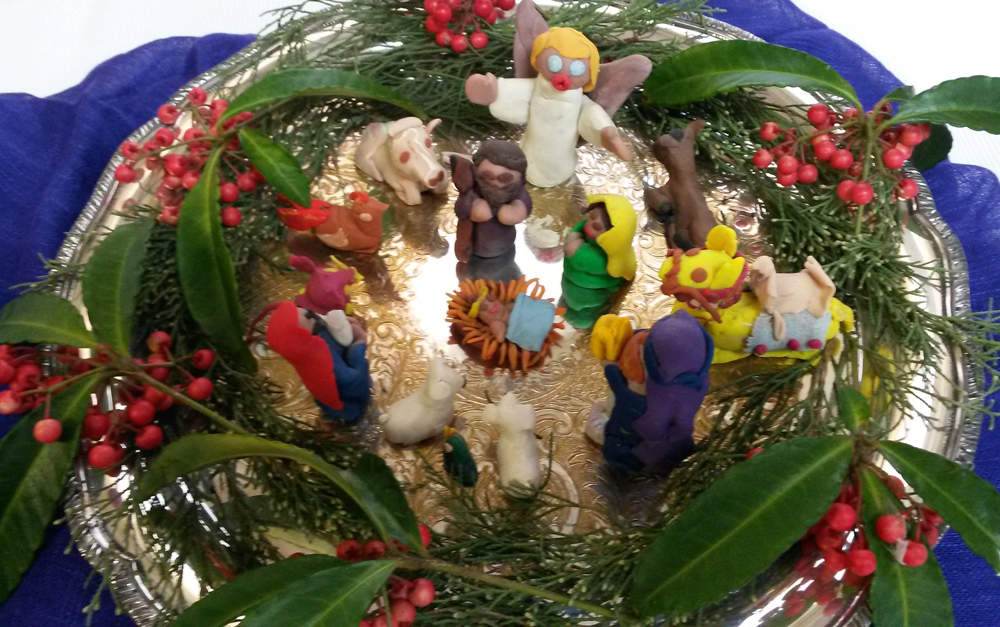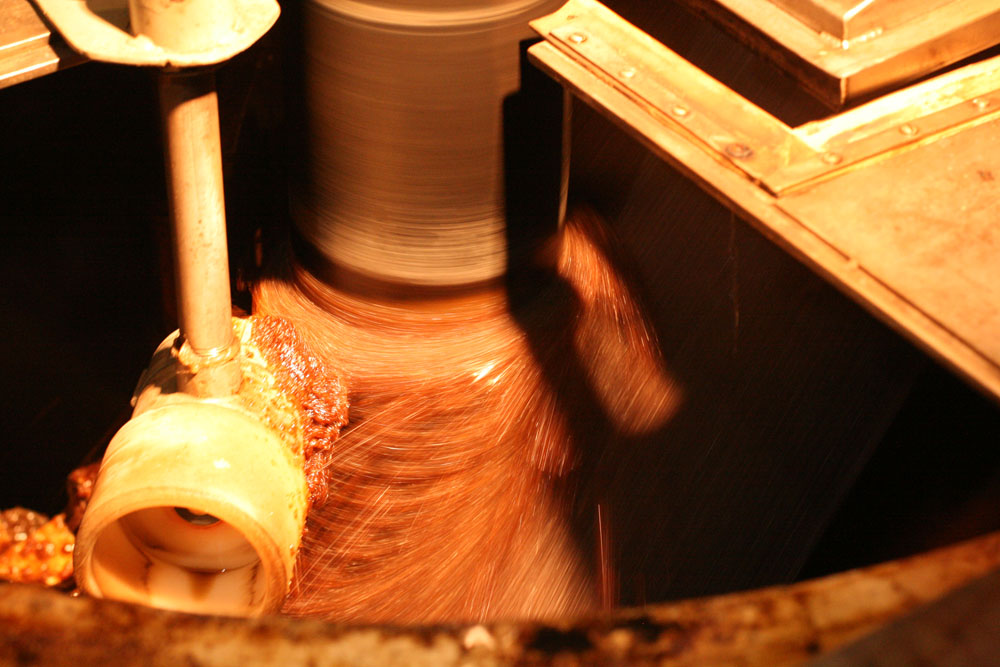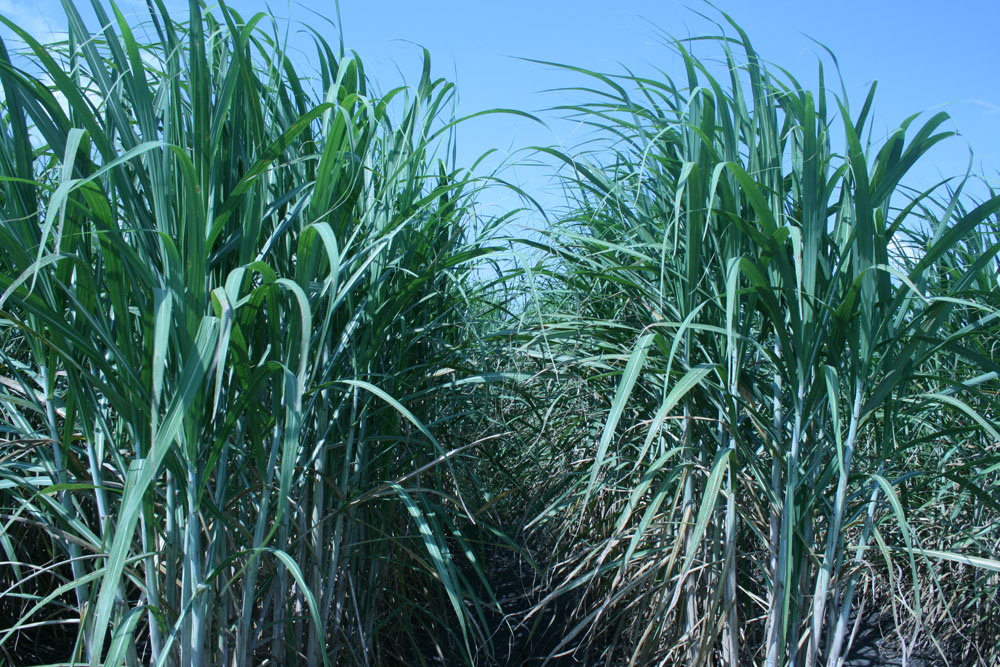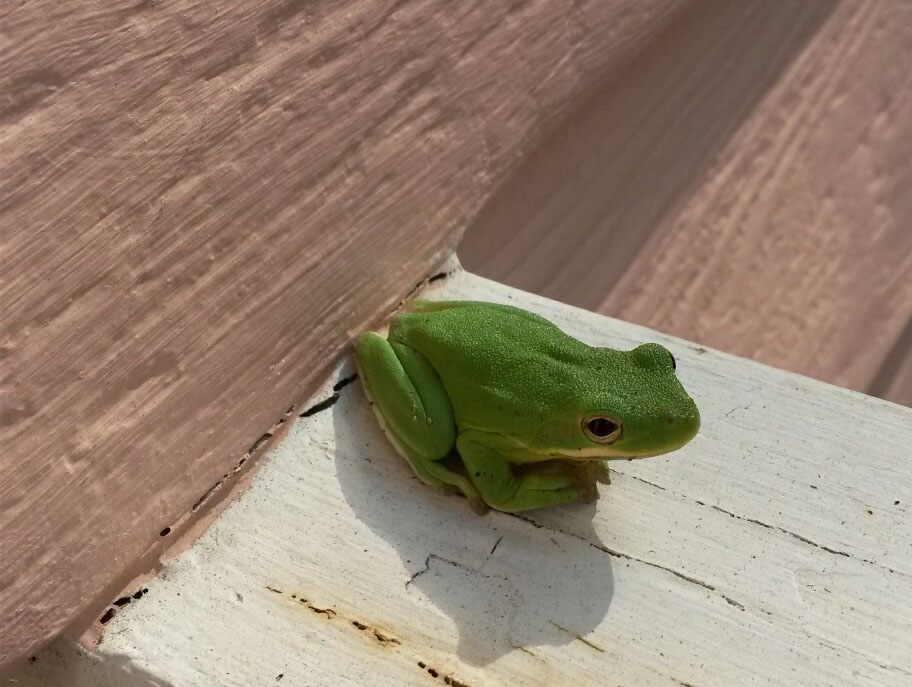Be careful what you ask for; you may get it. Perhaps too many of us have been wishing for a break from the nonstop news of violent protests in major cities, Coronavirus, elections and candidates. If 2020 hasn’t been fun enough already (NOT), we have yet another hurricane breathing down our necks. Or should I say, up our bay.

The past 24 – 48 hours have been filled with the autopilot exercises – literally, battening down the hatches and prepping home and office for high water and heavy winds. The most difficult thing for many on the Gulf Coast, though, is the question: Should I stay or should I go?
I have friends (who live on higher ground and much farther inland) who will scream (or text, or message, or email) “YOU CAN’T BE THINKING OF STAYING!!” and then quote the weather channel, the local news, etc. “Life threatening storm surge!” “Deadly winds!” “You could die!!”
Well, that’s true. But for those who think that we along the coast take such things lightly, let me tell you: It’s a tough decision, and not one made lightly or in ignorance (regardless of what some in the media will imply).

I’ve always said I prefer a hurricane to an earthquake, because at least you know a hurricane is coming and you can prepare for it. You watch every update carefully, compare it to other storms in memory, and hash it out again and again with family, friends and neighbors. “Remember when Rita came in right at Sabine pass?” “Yeah, but that thing was HUGE, and it moved slow. The winds blew for over 24 hours.” It gets a lot more detailed than that. Sometimes I think that those who live in hurricane alley have as good an instinct as professional meteorologists. After all, it’s our butts on the line. If they’re wrong too many times, they lose a job. If I’m wrong, I could lose a lot more.
We’ve left before. For Andrew, for Lily. It’s a sick feeling when you nail plywood over the doors of your house right before you leave and you wonder what will be there when you return.
What’s most important? What do you bring with you? Where do you go? We are fortunate to have a range of family and friends who offer their homes, but many people are stuck with shelters. CoVid has made that even more challenging. If you leave, you could get stuck in traffic for hours. If you leave, you may not be able to get back because the roads will be closed. Sadly, there are those who know that people have evacuated – and will take advantage of that fact.
If you stay, be prepared to be without electricity, water, and perhaps even without cell phone. If there is a storm surge, be prepared.
Making this decision is never taken lightly. But when you do stay, there is an eerie beauty to a hurricane. We’re powerless in the face of Mother Nature, and I have sat in awe on my porch as the wind bends the sugar cane and the trees. I have felt sick to my stomach watching the water rise higher and higher, with no idea of when it would stop.
There are funny things, too…like the time my brother, dressed in his nightshirt, carried his dog (a 60 pound pooch) alllllll the way out of the yard to the middle of the highway (the ONLY spot NOT underwater) so said pooch could go potty. And my husband “boatlifting” my parents with their cat to the house next door because it was a bit higher than their house, and the water was getting too close for comfort. (The cat was more freaked out than anyone.)
My husband and I spent our 18th wedding anniversary ripping up soaked carpet and throwing out ruined furniture from our office. Happy Anniversary, hon. We – with family and friends – went to Chili’s in town that night, as they had a generator and AIR CONDITIONING. Everyone in the place was grungy, sweaty, dirty because no one had electricity or water at home. No one cared. I still think that may be the best tasting margarita I ever had.
Anyone who lives through hurricanes on a regular basis has their benchmark storms. Hilda, Andrew, Rita. There were many others, but those three stand out in my mind.
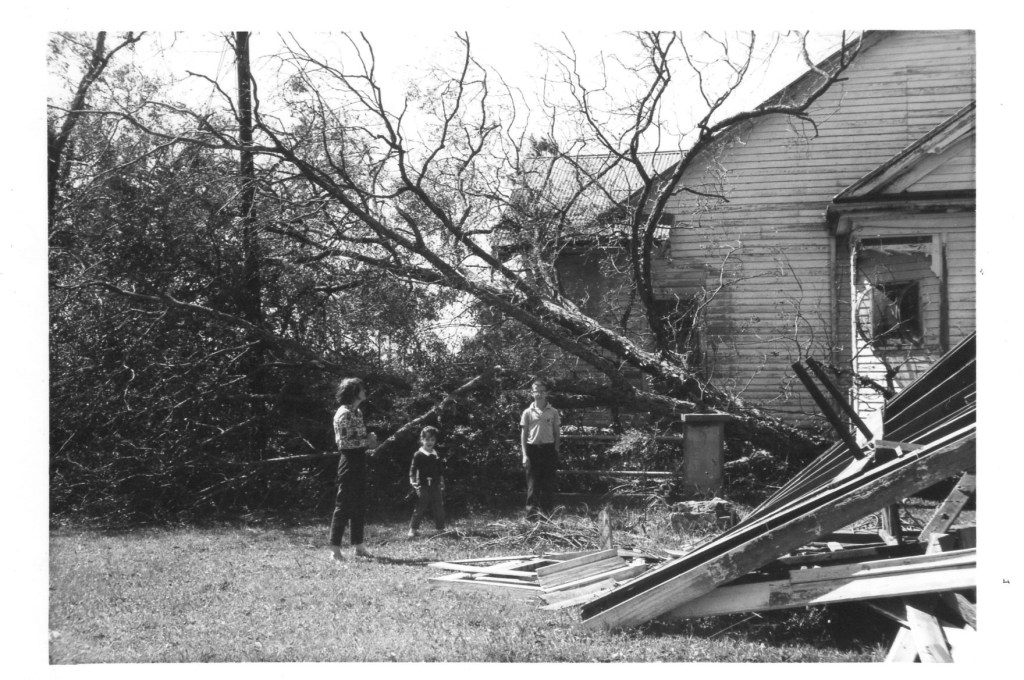
Andrew tore our roof off, one year after we’d moved into the house. I was 7 1/2 months pregnant at the time. Every guy in the family came to the house the morning after the storm and got busy with solid-sheeting the room and covering it with tar paper.
My children remember Rita. We had fairly high water, and they enjoyed paddling the boat around the place. That was also the memorable 18th wedding anniversary.
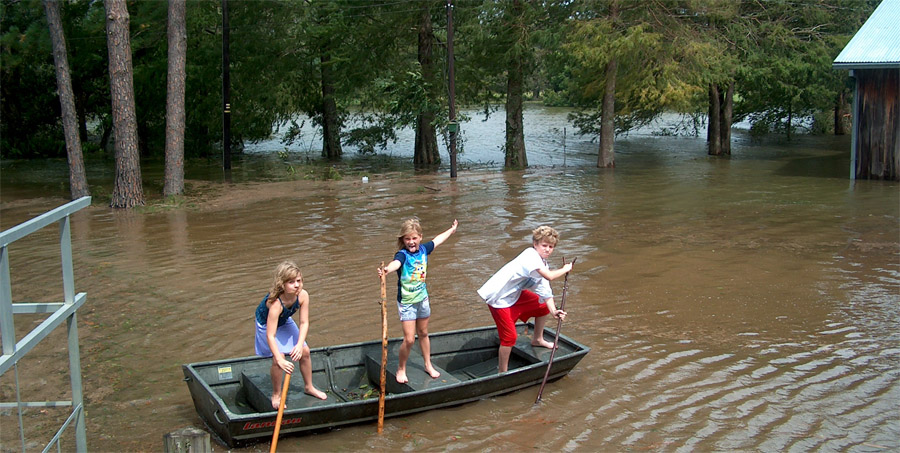
Hilda – ah, Hilda. Winds of 125. It was a few weeks before my 5th birthday, and I vividly remember it. We left to go to central Louisiana to stay with family, but heard the storm had changed course so we returned home.
Then it changed course again. We went back home. (This was in the years before storm tracking apps and websites – we waited for the next coordinates and tracked the storms on a chart…using the same chart for years so as to be able to compare storms.

Then, Hilda changed course again and came right in our backyard. We were without power or water or telephones for two weeks.
I’m not sure yet exactly where Delta will show up, but I hope her wind speed drops. At the moment, it’s going for Cameron and Calcasieu parishes – which got the worst of Laura.
Praying for Divine protection of life, home, and property.








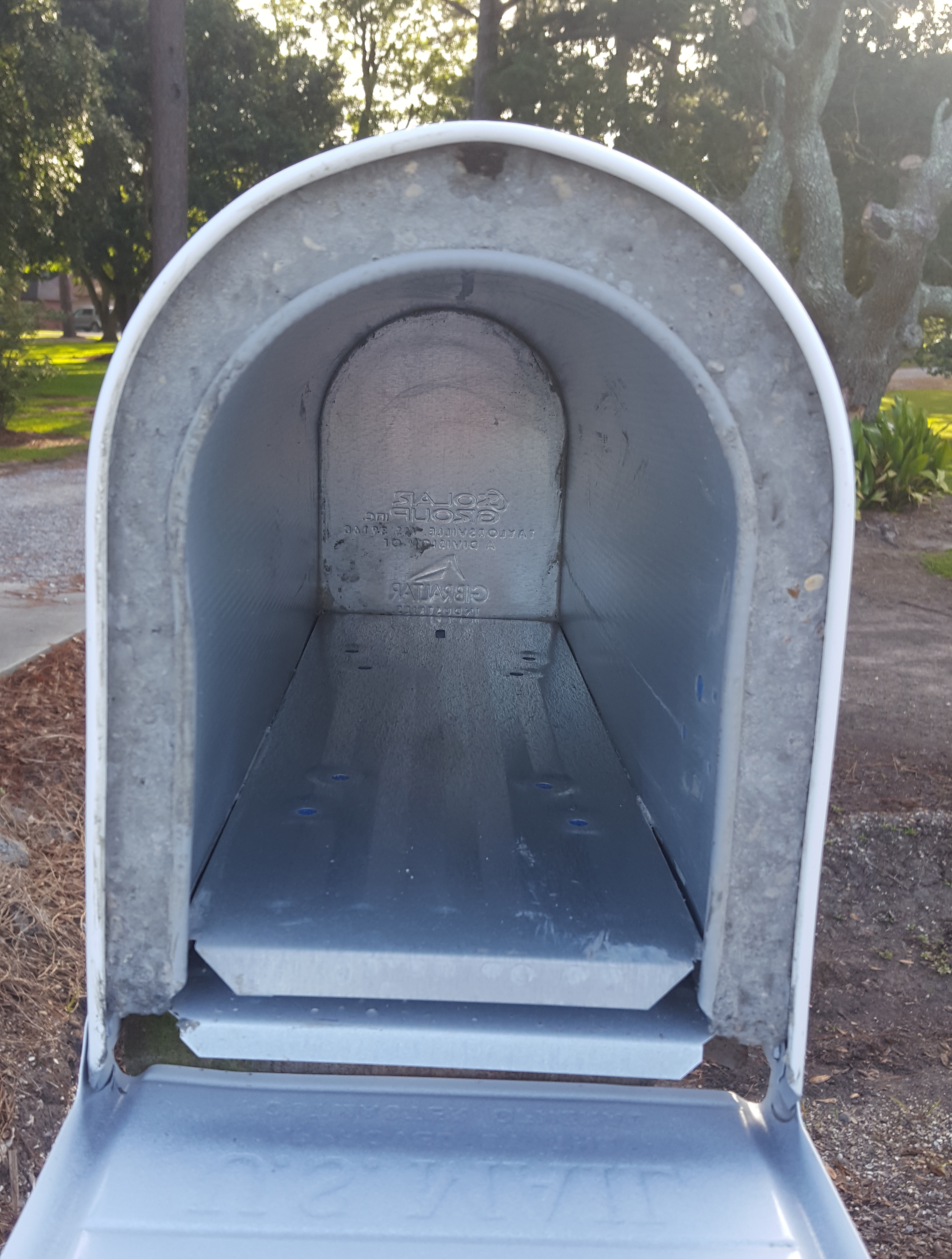 Two different sizes of mailboxes, one sunk inside the other with an insulation of cement. On a 4 x 4, sunk in more concrete. That put an end to joyriders with baseball bats. Can’t y’all respect other people’s property? And isn’t destroying mailboxes against some federal regulation?
Two different sizes of mailboxes, one sunk inside the other with an insulation of cement. On a 4 x 4, sunk in more concrete. That put an end to joyriders with baseball bats. Can’t y’all respect other people’s property? And isn’t destroying mailboxes against some federal regulation? There’s always work to be done here, but pleasures and rewards are many. I walk to work in the morning to the song of birds and the view of the pond (with or without gator), with occasional egrets, blue herons or ducks
There’s always work to be done here, but pleasures and rewards are many. I walk to work in the morning to the song of birds and the view of the pond (with or without gator), with occasional egrets, blue herons or ducks  These are precious sights that keep me grounded and make me laugh about things like the gator and the mailbox.
These are precious sights that keep me grounded and make me laugh about things like the gator and the mailbox.



